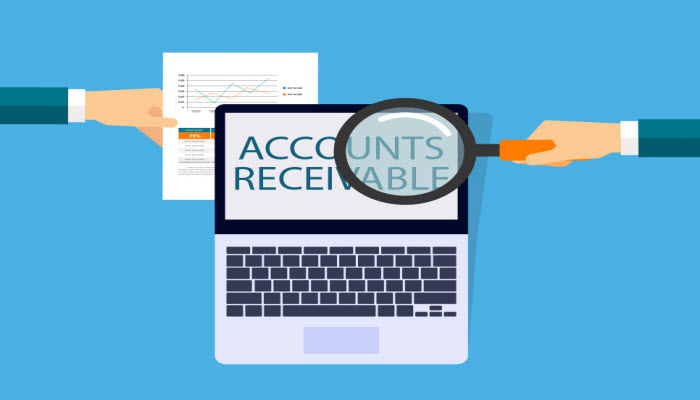
1000+
customers

50+ countries
across the world

Outsourcing leader
since 2008

Technology-driven
services

Stringent
quality processes
Getting to Understand Accounts Receivable in Detail
Last updated: 17 Oct, 2023 By Harinder Pal Singh | 6 Minutes Read

We often take note of the phrase “Accounts Receivable”. I usually ponder whether it is incessantly comprehended accurately or not. It is regarded as a key aspect in a company’s working capital and I am going to enlighten why.
Analyzing Accounts Receivable: A Comprehensive Overview
Accounts Receivable is generally very high –
In case your Accounts Receivable is very high, the company might be in the wrong position. It is important to gather up what is due or perhaps your procedures could be ambiguous. The main risk of this technique is the influence on net income. It help your business swiftly realize it is not able to obtain the cash to pay the bills.
Accounts Receivable may be too less –
In case your Receivable is quite minimal. There exists a chance that you will be laying a strain on your customer relations. Maybe your payment terms are extreme, conceivably customers think it is difficult to fulfill your terms and conditions. In practice, this amounts usually correspond with fluctuations in the level of sales.
Additional Benefits of Accounts Receivable –
It is worth bearing in mind that companies may sometimes utilize their Receivables as collateral for renting money. It additionally impacts on other financial performance procedures such as working capital, days billed as well as the present ratio.
An additional exciting point is the fact that Uncollectible Receivables do not meet the requirements as assets. (these kinds of uncollectible amounts are reclassified to the allocation for uncertain accounts, that is basically a decrease in receivables). Hence, businesses generally permit solely creditworthy clients to pay off in days, a couple of weeks or maybe several months after they have obtained the company’s solutions or products. Occasionally, businesses trade their receivables for a small amount or outsource the selection of work to other businesses that specialize as well as concentrate entirely on accumulating the due amounts.
Here’s a basic instance of the way it works. Let’s believe that Company ABC trades USD 1 million of widget components to a widget supplier and provides that client two months to pay for those components. As soon as Company ABC obtains the order and/or dispatches the components and/or furnishes the customer a bill, it is going to lower its inventory account by USD 1 million as well as augment its receivable by USD 1 million. Whenever two months have lapsed and Company ABC is compensated, it is going to boost cash by USD 1 million and lessen its Accounts Receivable by USD 1 million.
Conclusion
Accounts Receivable is a resource, and for this reason, it would appear on the balance sheet. Particularly, Receivable is an existing asset, which implies that the balance due is anticipated to be obtained within the subsequent year.
Whenever Receivable decreases, it is regarded as a source of cash on the company’s financial statement, and because of this, it enhances the company’s operating capital (referred to as existing assets minus existing financial obligations). Whenever Accounts Receivable increases, it is regarded as utilization of cash on the company’s income statement since the company is “stretching out” the precious time it needs to obtain cash billed to it and therefore is making use of cash more speedily.
Managing accounts receivable is a tedious task and it is recommended that a company should outsource accounts receivable so as to increase profits, decrease turnaround time and manage accounts easily. Cogneesol can help you in managing your receivable properly and on time. Contact us today to know more about our services and get started with your free 14-day trial.
Learn More About Similar Topics
Latest Blogs

This site is protected by reCAPTCHA. Google's Privacy Policy
and Terms of Service apply.








